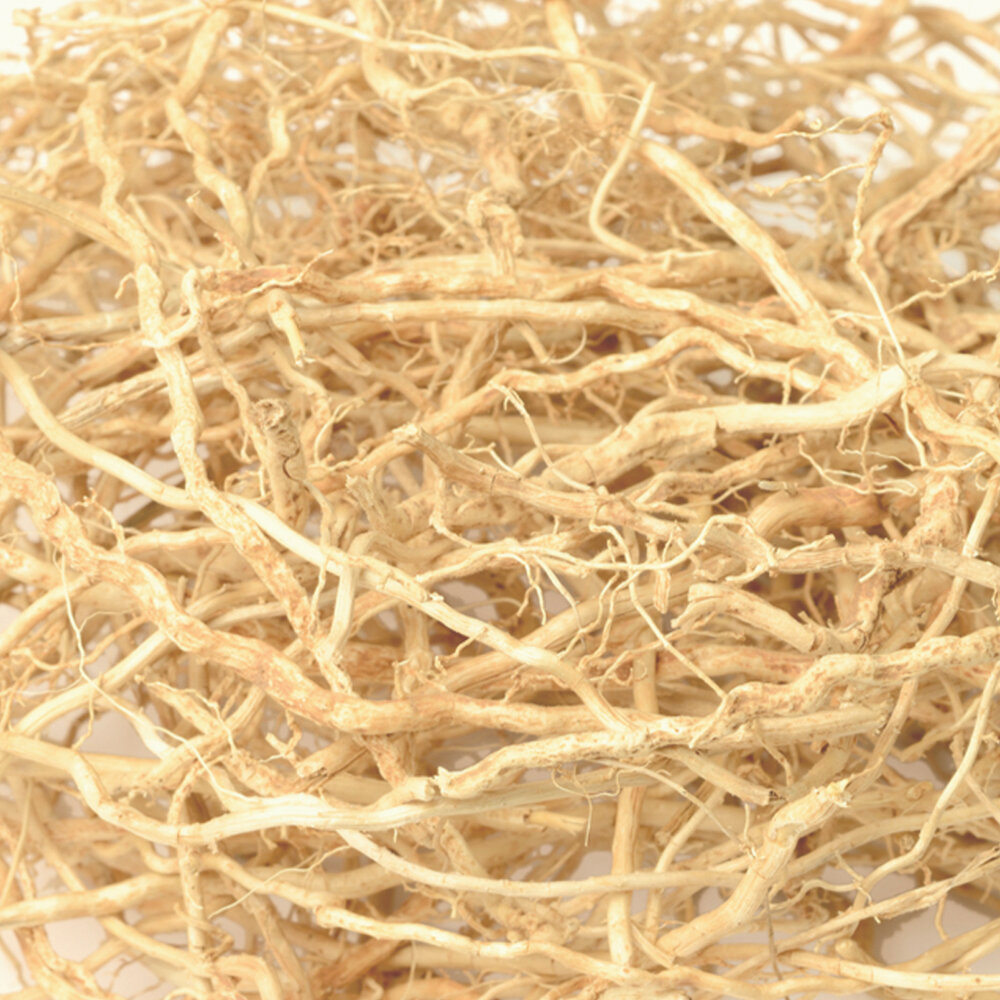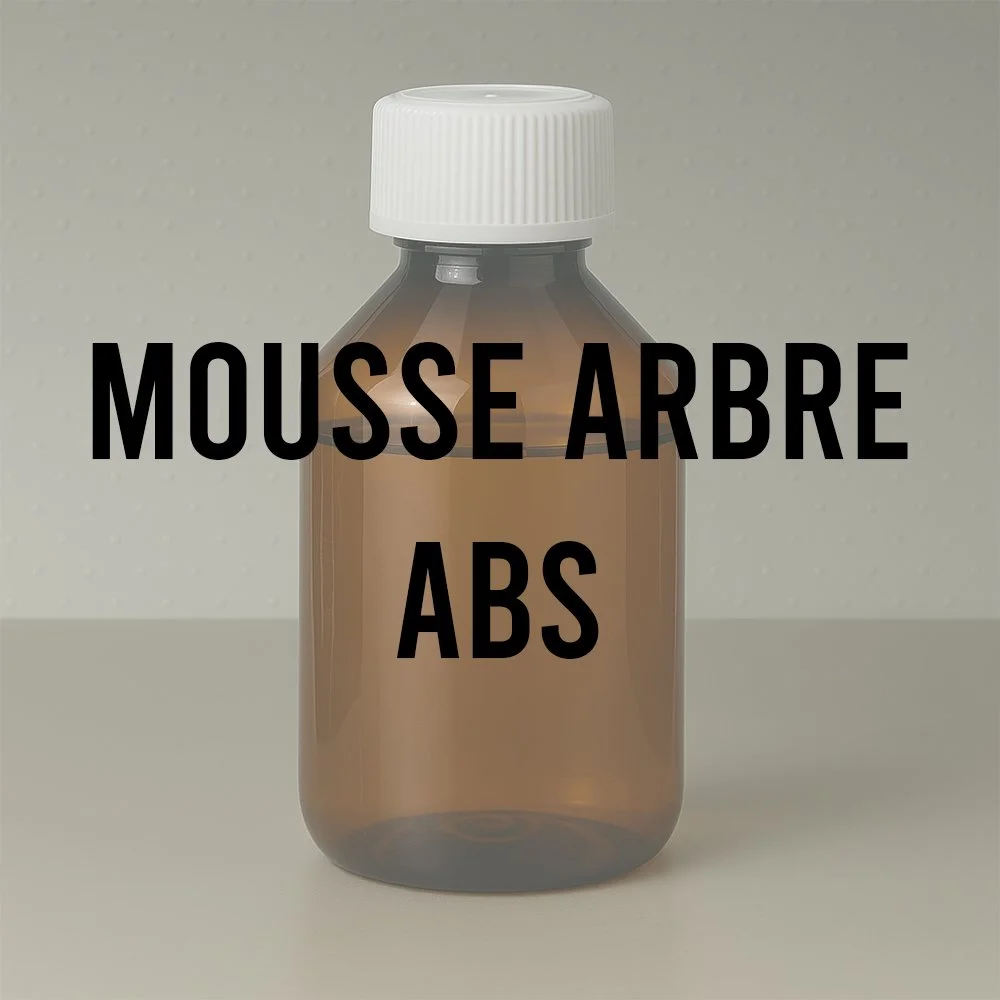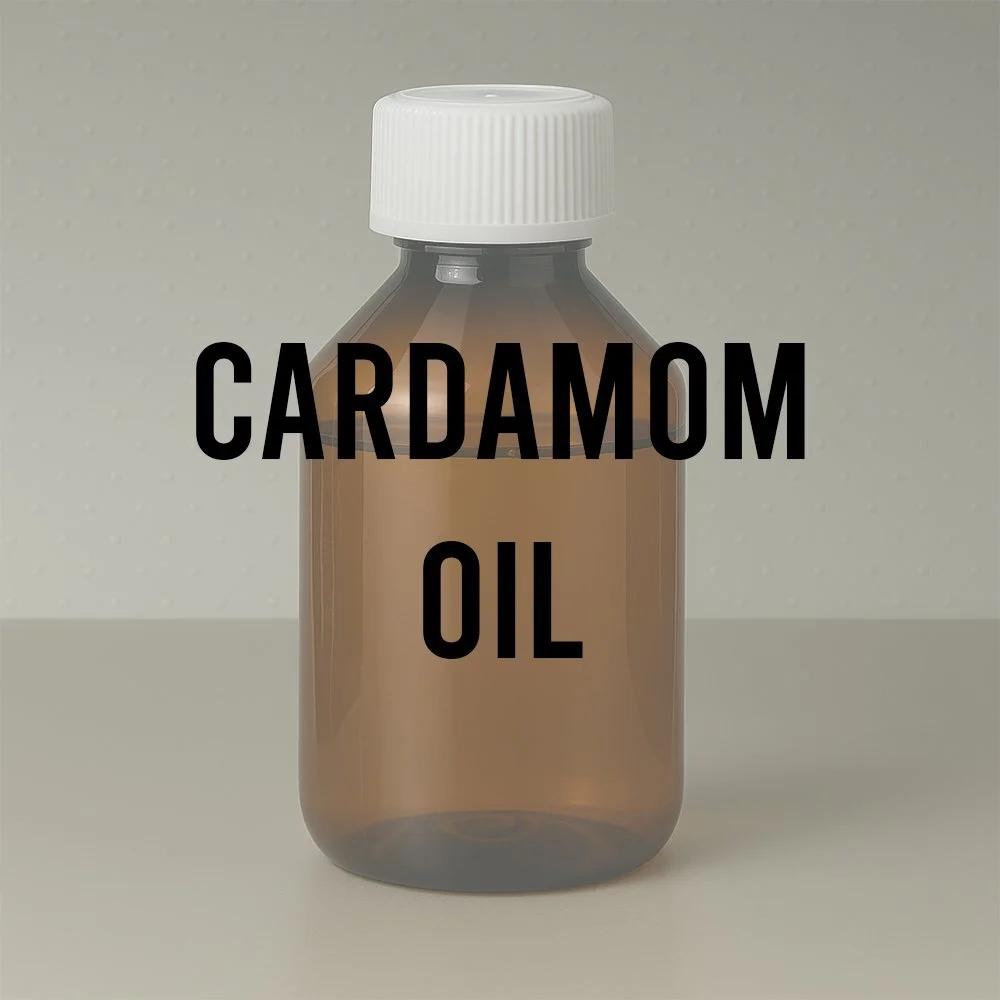ISOBORNYL CYCLOHEXANOL (Sandela®) Technical Ingredient Overview
🔎 Chemical Name — 3-(5,5,6-Trimethylbicyclo[2.2.1]hept-2-yl)cyclohexan-1-ol
🧪 Synonyms — IBCH, Sandenol, Sandiff®, Indisan, Santalex®, Mysorol, Rhodanthial, Sandarome, 3-trans-Isocamphylcyclohexanol, 3-Isobornylcyclohexanol
📂 CAS Number — 3407-42-9
📘 FEMA Number — Not assigned
⚖️ Molecular Weight — 236.40 g/mol
📝 Odor Type — Woody
📈 Odor Strength — Low to medium (highly dependent on isomer concentration)
👃🏼 Odor Profile — Woody, clean sandalwood, balsamic. Weak to moderate odor impact with exceptionally high tenacity
⚗️ Uses — Sandalwood replacement, fixative in fine fragrance and functional perfumery, cost-effective woody base note
🧴 Appearance — Colorless to pale yellow, very viscous liquid to semi-solid
What is Isobornyl Cyclohexanol?
Isobornyl Cyclohexanol (IBCH) is a synthetic monoterpene alcohol widely used as an economical alternative to natural sandalwood oil (Santalum album). The compound belongs to the terpenophenol family of sandalwood-type fragrances and represents one of the oldest commercially successful synthetic sandalwood materials in perfumery.
IBCH is characterized by its bicyclic structure combining an isobornyl (camphor-derived) moiety with a cyclohexanol ring. Its chemical architecture closely mimics the structural features of α-santalol and β-santalol, the primary odoriferous constituents of natural sandalwood oil (Wikipedia, 2025). This structural similarity enables IBCH to provide woody-sandalwood character, though with lower odor intensity compared to natural sandalwood or more modern synthetic alternatives.
The material is typically supplied as a mixture of stereoisomers, with the active 3-trans-isocamphylcyclohexanol isomer providing the primary sandalwood character. Commercial products like Sandela® often contain 5-20% of the most active stereoisomers within a complex mixture (Leffingwell, cited in Basenotes, 2017).
Historical Background
The synthesis of isobornyl cyclohexanol-type materials emerged from mid-20th century research into cost-effective sandalwood replacements, driven by the increasing scarcity and expense of natural sandalwood oil due to overharvesting of Santalum album trees.
The first commercial route was developed and patented by Givaudan (US Patent 3,499,937), establishing the foundation for what would become Sandela®. This breakthrough provided the fragrance industry with an economically viable alternative during a period when sandalwood trees were becoming endangered due to excessive harvesting practices (Ariadne HCES, 2024).
Arctander noted that this material, "rarely offered under its chemical name, is used in perfume compositions for its Sandalwood character and economical stability," suggesting it could constitute up to 50% replacement for natural sandalwood oil (Pell Wall, 2025). The material's development represented a significant advance in synthetic perfumery, offering both economic advantages and environmental benefits by reducing pressure on endangered sandalwood populations.
Over subsequent decades, various manufacturers developed their own production methods and marketed IBCH under different trade names, including Indisan, Sandenol, Sandiff®, and Santalex®, each potentially containing different isomer ratios and purity levels.
Olfactory Profile
Scent Family
Woody, Sandalwood subfamily
Main Descriptors
Primary character: Woody, clean sandalwood
Secondary facets: Balsamic, slightly camphoraceous
Tertiary aspects: Subtle creamy-musky undertones in dry-down
The olfactory profile is characterized by relatively low odor impact but exceptional persistence. Pybus and Sell note that among over 100 isomers formed during synthesis, only the compounds with an isobornyl group attached to the 3-position of cyclohexanol in a trans configuration relative to the hydroxyl group contribute significantly to the sandalwood odor (Pybus & Sell, 2006).
Intensity
Low to medium odor strength. The material requires higher concentrations (typically 1-25% in compound) to achieve noticeable effect compared to more potent modern sandalwood replacers like Sandalore® or Javanol®. However, commercial offerings vary significantly in strength depending on the concentration of active isomers.
Tenacity
Exceptional longevity—described as "extremely high" persistence with tenacity on blotter extending approximately 3 weeks (Perfumer's Apprentice, 2025). This remarkable staying power makes IBCH particularly valuable as a fixative component.
Volatility
Base note behavior. The high molecular weight (236.40) and structural complexity result in very low volatility, contributing to its excellent fixative properties.
Fixative Role
IBCH functions as an effective fixative in fragrance compositions, helping to anchor and extend more volatile components. Its viscous nature and low vapor pressure contribute to slowing evaporation rates of the overall fragrance blend.
Applications in Fine Fragrance
IBCH finds application across multiple fragrance families, though it is rarely used as a standalone sandalwood replacement. Key applications include:
Oriental fragrances: Providing warm, woody base notes
Fougère compositions: Contributing structural support and longevity
Chypre structures: Adding woody-ambery depth
Muguet (lily of the valley) accords: Offering grounding base notes
Sandalwood reconstructions: Used in combination with more powerful synthetics and natural sandalwood oil
The material works synergistically with modern sandalwood captives (Sandalore®, Javanol®, Ebanol®) and natural sandalwood oil. Typical usage involves combining IBCH with more potent materials to achieve cost-effective sandalwood effects with improved performance. Givaudan's patent literature notes that IBCH demonstrates antibacterial activity against Corynebacterium spp., Staphylococcus spp., Brevibacterium epidermidis, and Propionibacterium acnes, providing additional functional benefits in deodorant applications (Givaudan Patent EP1181866).
Performance in Formula
Typical usage levels: 1-25% in fragrance compound (Perfumer's Apprentice, 2025) IFRA restrictions: Limited to 5% in leave-on products and 10% in rinse-off products due to sensitization concerns (Fragrance Chemistry, 2025)
The material's extremely high viscosity requires dilution or warming for ease of handling. It dissolves readily in organic solvents and essential oils despite its viscous nature. The low odor impact necessitates substantial quantities for effect, making it most economical when combined with more powerful woody materials.
Industrial & Technical Uses
Beyond fine fragrance, IBCH serves multiple industrial applications:
Laundry care products: Cost-effective woody-fresh notes
Soap manufacturing: Economical sandalwood character for mass-market soaps
Household products: Woody masking and ambient fragrance
Cosmetics: Functional fragrance with antibacterial properties
Deodorants: Dual-action odor masking and antimicrobial activity
Regulatory & Safety Overview
IFRA Status
IBCH is restricted under IFRA guidelines due to sensitization potential:
Leave-on products (perfumes, lotions): Maximum 5%
Rinse-off products (shampoos, shower gels): Maximum 10%
These restrictions were implemented to manage dermatological safety concerns while permitting continued use at controlled levels (Fragrance Chemistry, 2025).
EU Cosmetics Regulation
Permitted for use in cosmetic products under EU Regulation 1223/2009. The substance is registered with ECHA (European Chemicals Agency) under CAS 3407-42-9 and EINECS 222-294-1.
FEMA Status
Not FEMA GRAS listed; not intended for flavor applications.
Toxicology
Hazard classifications (GHS):
Skin irritation (Category 2)
Eye irritation (Category 2)
Reproductive toxicity (Category 2): Suspected of damaging fertility or the unborn child
Aquatic toxicity: Toxic to aquatic life with long-lasting effects (Vigon, 2025)
Handling precautions: Requires use of protective equipment (gloves, eye protection). Avoid release to environment. A 1979 dermatological study found that 10% IBCH produced occasional irritant reactions, leading researchers to recommend 2% as an appropriate concentration for patch testing (Mid-Japan Contact Dermatitis Research Group, 1984, cited in BOC Sciences).
References
Ariadne HCES. (2024, April 4). Sandenol safety guide. Retrieved from https://blog.ariadne-hces.com/2024/03/sandenol-safety-guide.html
BOC Sciences. (n.d.). Sandenol [CAS 3407-42-9]. Retrieved from https://www.bocsci.com/product/sandenol-cas-3407-42-9-90544.html
Fragrance Chemistry. (2025, March 17). IBCH: A molecule redefining modern perfumery. Retrieved from https://www.fragrancechemistry.jpsdi.com/ibch/
Givaudan. (n.d.). Sandela™ 85%/IPM [Product information]. Retrieved from https://www.givaudan.com/fragrance-beauty/eindex/sandelatm-85ipm
Givaudan SA. (n.d.). Antibacterial composition comprising Sandela [Patent EP1181866]. Retrieved from https://www.freepatentsonline.com/EP1181866.html
Perfumer's Apprentice. (2025). Sandela® 85 IPM (Givaudan) [Product information]. Retrieved from https://shop.perfumersapprentice.com/p-8532-sandela-85-ipm-givaudan.aspx
Pybus, D., & Sell, C. (2006). The chemistry of fragrances (2nd ed.). Royal Society of Chemistry.
Surburg, H., & Panten, J. (2016). Common fragrance and flavor materials (6th ed.). Wiley-VCH.
Vigon. (2025, July 15). Isobornyl cyclohexanol [Safety data and product information]. Retrieved from https://www.vigon.com/product/isobornyl-cyclohexanol/
Wikipedia. (2025, September 13). Isobornyl cyclohexanol. Retrieved from https://en.wikipedia.org/wiki/Isobornyl_cyclohexanol










